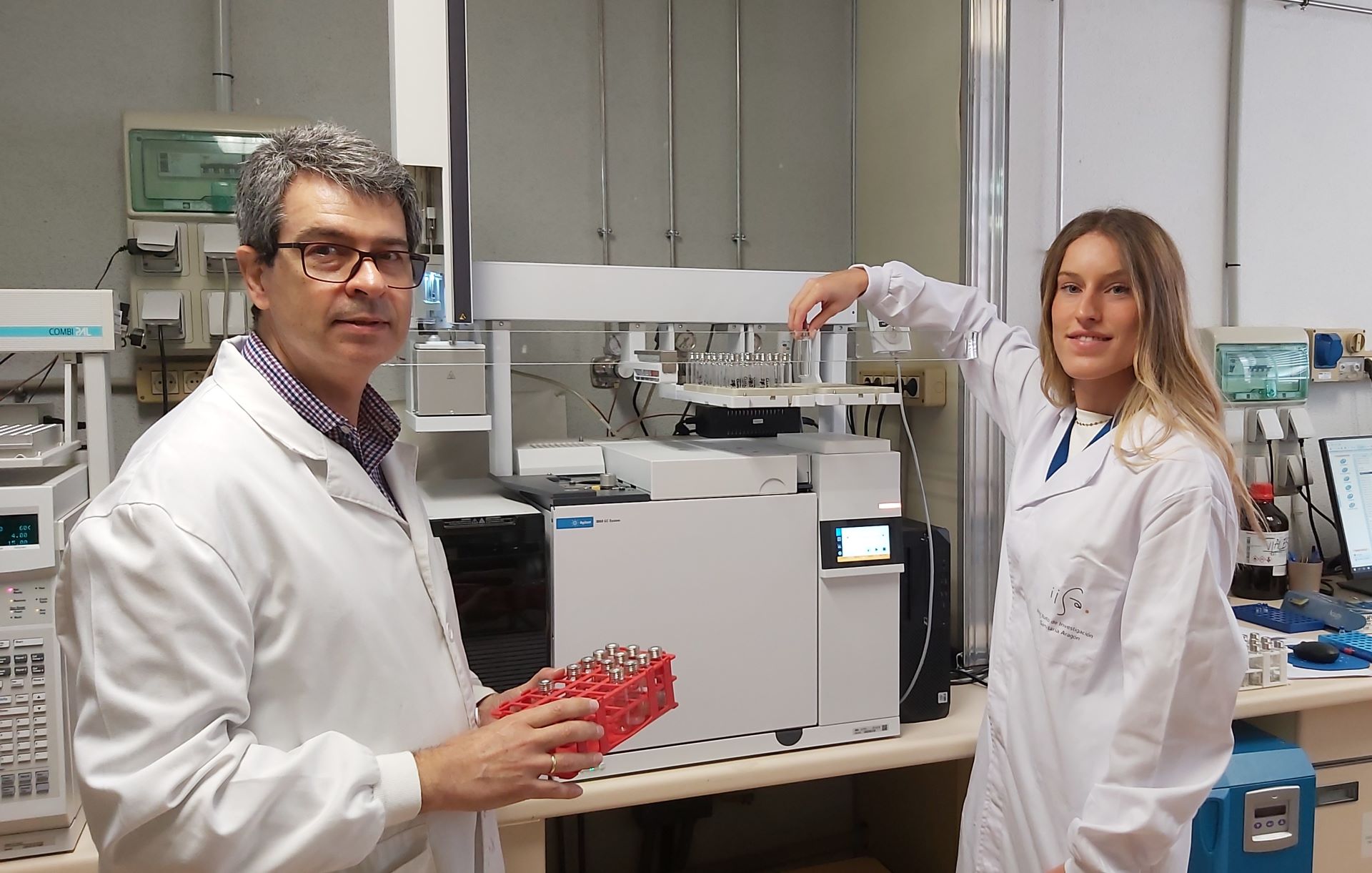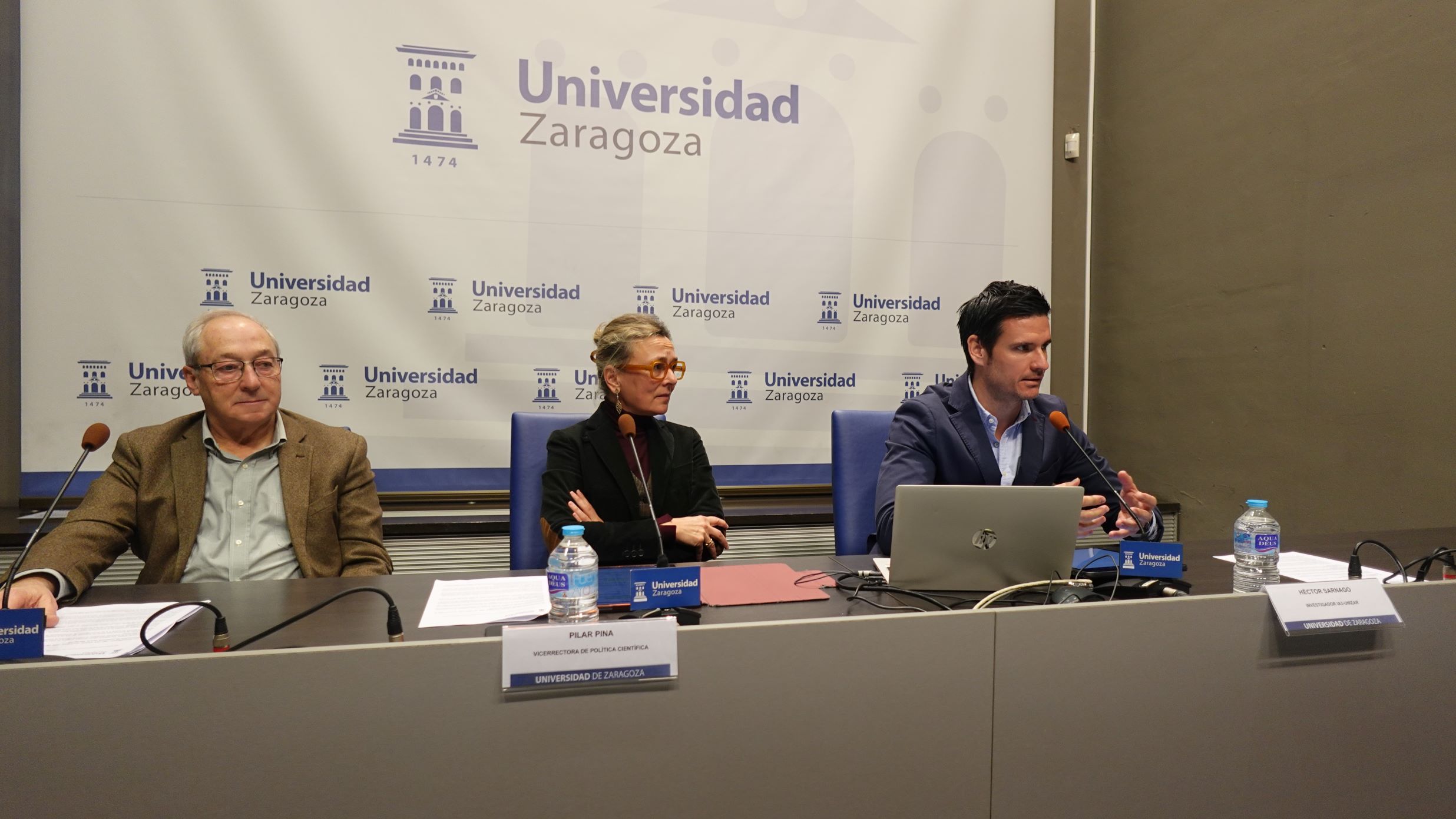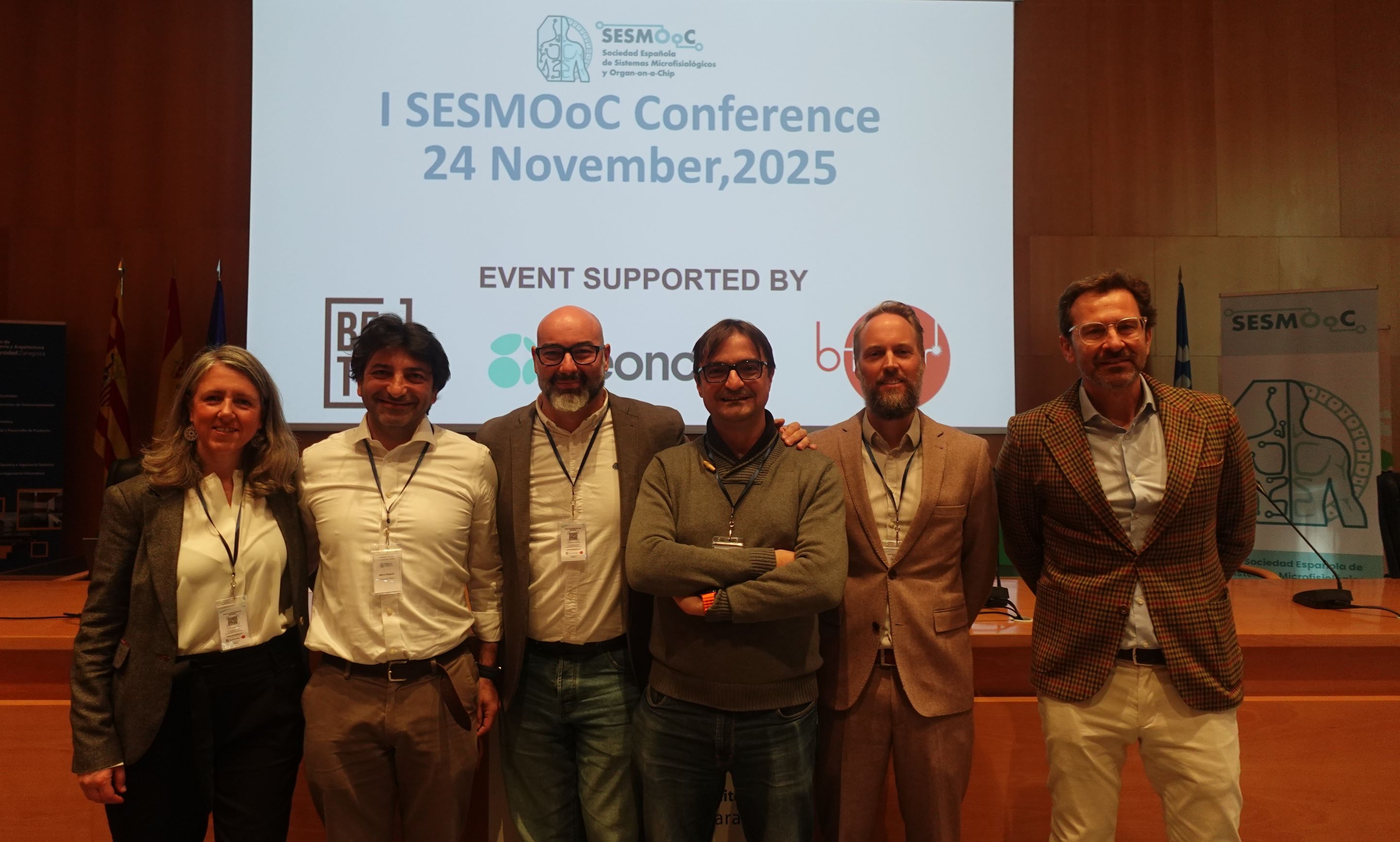
Early detection of tumours remains a major challenge for science, so advances in early detection for better diagnosis are a key aspect. Two research groups from the I3A at the University of Zaragoza and the IIS Aragon (Aragon Health Research Institute) are working on this. Thanks to this collaboration, they have developed an organ-on-chip device to recreate tumours in vitro, and using gas chromatography-mass spectrometry (GC-MS) analytical techniques, they have identified new volatile biomarkers that can help in the detection of one of the most complex brain tumours, glioblastoma, and also in colorectal cancer.
The importance of this research is shown in the case of brain tumours such as glioblastoma, where 25% of patients' tissue biopsies are inconclusive, compounded by the difficulty of accessing some tumours and the risk of extraction. The aim is to improve diagnosis and thus the prognosis of patients.
Each tumour with its compound fingerprint
In the study, published in the scientific journal ‘Biofabrication’ of the International Society for Biofabrication, the research team from the Tissue Microenvironment Laboratory (TME Lab) used a microfluidic device to recreate the ischaemic environment inside solid tumours and thereby isolate the compounds secreted by the tumours. Then, using the samples, the University Analytical Research Group (GUIA) analysed the composition of volatile organic compounds. They carried out a qualitative analysis in which up to 32 compounds were detected. The compounds were grouped by chemical families (alkanes, alcohols, phenols, nitrogen compounds, aldehydes and esters) and the volatile profiles were compared between different samples and significant differences were found. The results showed that each tumour type secreted a unique compound fingerprint, and that this fingerprint is specific to the tumour developed.
Metabolic changes in a complex microenvironment
As explained by researchers Clara Bayona (TME Lab) and Jesús Salafranca (GUIA), tumour progression towards a complex microenvironment produces different metabolic changes depending on the type of tumour. Their model has made it possible to generate this tumour microenvironment in vitro for both glioblastoma and colorectal cancer and to detect significant differences in the compounds found.
The TME Lab (Tissue Microenvironment) research group has been in charge of creating these organ-on-chip devices, complex 3D models in which they recreate a tumour in different microenvironments. They have applied analytical techniques provided by the Grupo Universitario de Investigación Analítica (GUIA), which has allowed them to see which cells are specific to a patient's tumour.
What are volatile organic compounds?
Within liquid biopsies, volatile organic compounds (VOCs) have been the focus of scientific attention in recent years as potential biomarkers. These are molecules generated by cellular metabolism that are released into the blood and can be detected directly in the circulation or through the lungs, urine or skin.
However, distinguishing tumour-specific VOCs is difficult due to the presence of gases from non-tumour tissues and environmental factors. Therefore, it is essential to develop preclinical models that accurately mimic the complex tumour microenvironment to induce cellular metabolic changes and secretion of these tumour-associated compounds.
Scientific article:
Clara Bayona et al 2024 Biofabrication. https://doi.org/10.1088/1758-5090/ad5764
Photography: Clara Bayona (TME_Lab) and Jesús Salafranca (GUIA) in the laboratory of the GUIA research group of the I3A.




